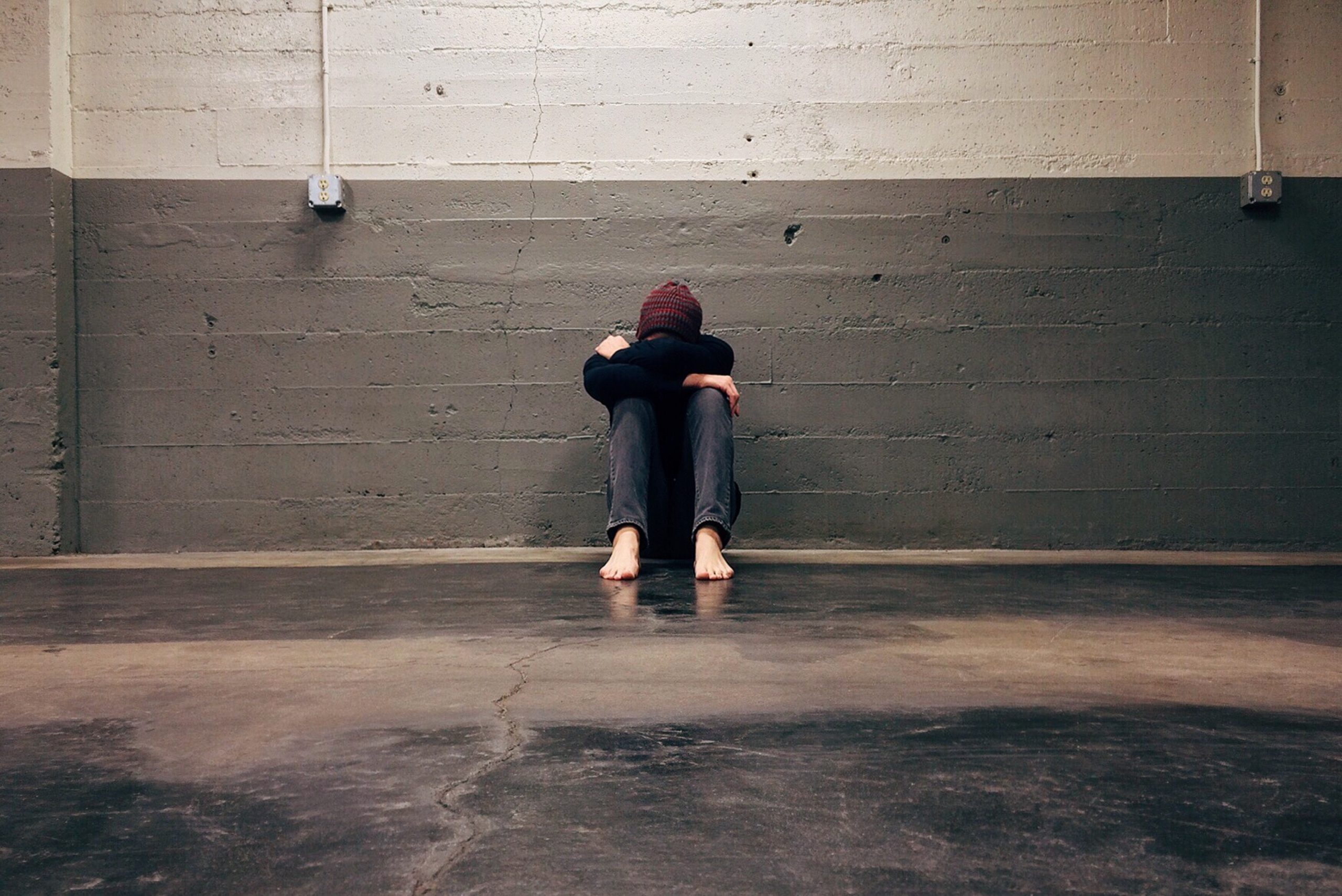Depressive Disorder is a common illness that negatively affects how a person feels, thinks and acts. Unlike typical feelings of sadness or a sad mood, depression causes a person to experience feelings of emptiness, lethargy, and the inability to care, as well as a wide range of other symptoms that depend entirely on the psychological make-up of the individual. Depression can interfere with the ability to work, study, sleep, eat, and enjoy previously pleasurable activities. If left untreated, depression can carry on for weeks, months, or even years, and can be constant, or reoccurring.
Depressive disorders can come in different forms and within these types there exists variations in the number of symptoms as well as their severity and persistence.
Symptoms can include:
- Feelings of sadness, or hopelessness
- Loss of interest or pleasure in most activities once enjoyed
- Changes in appetite — reduced appetite and weight loss OR increased cravings for food and weight gain
- Difficulty sleeping or excessive sleeping
- Lack of energy or increased fatigue and tiredness
- Slowed thinking, movements or speech observable by others
- Feelings of worthlessness or guilt
- Trouble thinking, concentrating, making decisions or remembering
- Frequent thoughts of death or suicide
Depressive disorders include:


